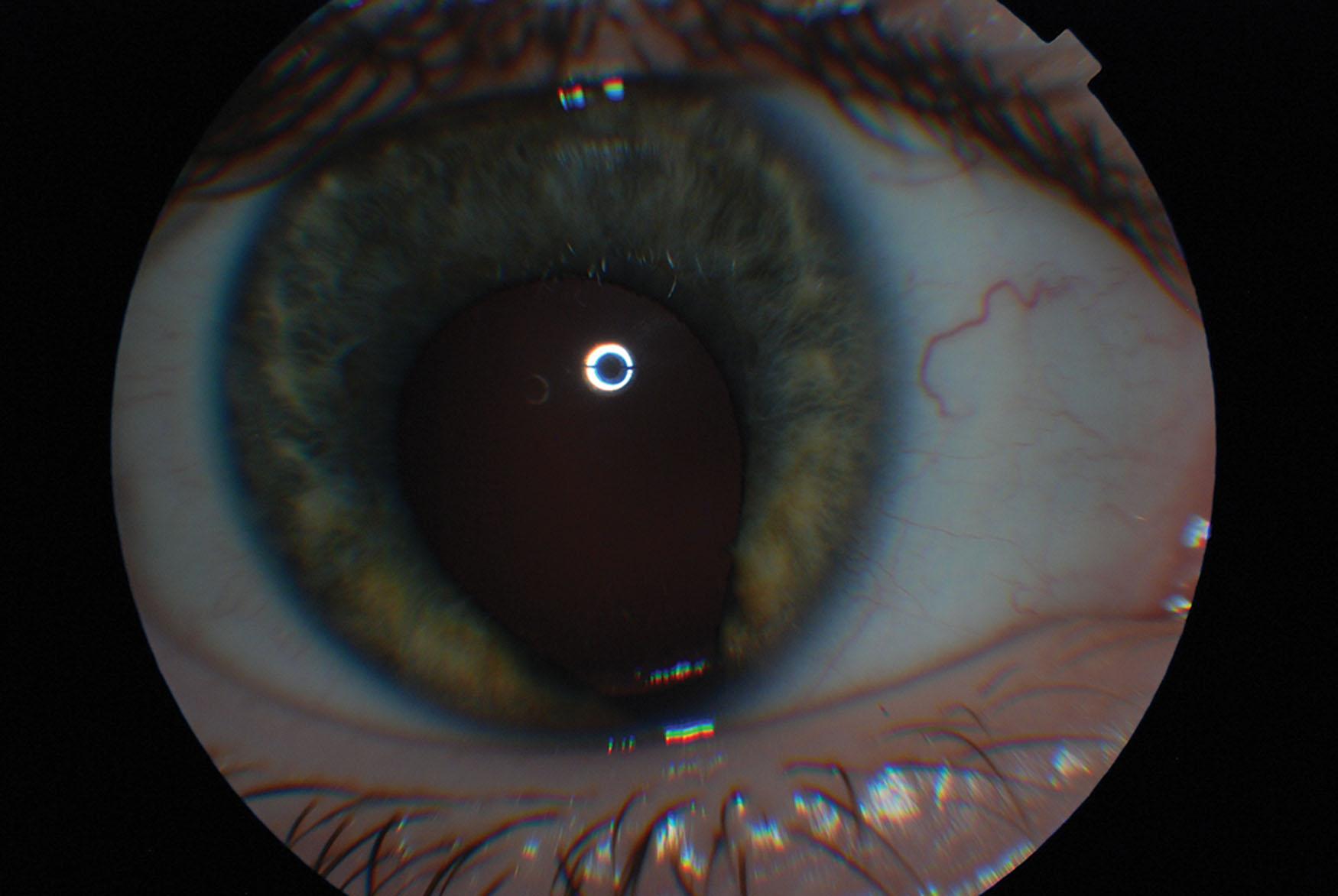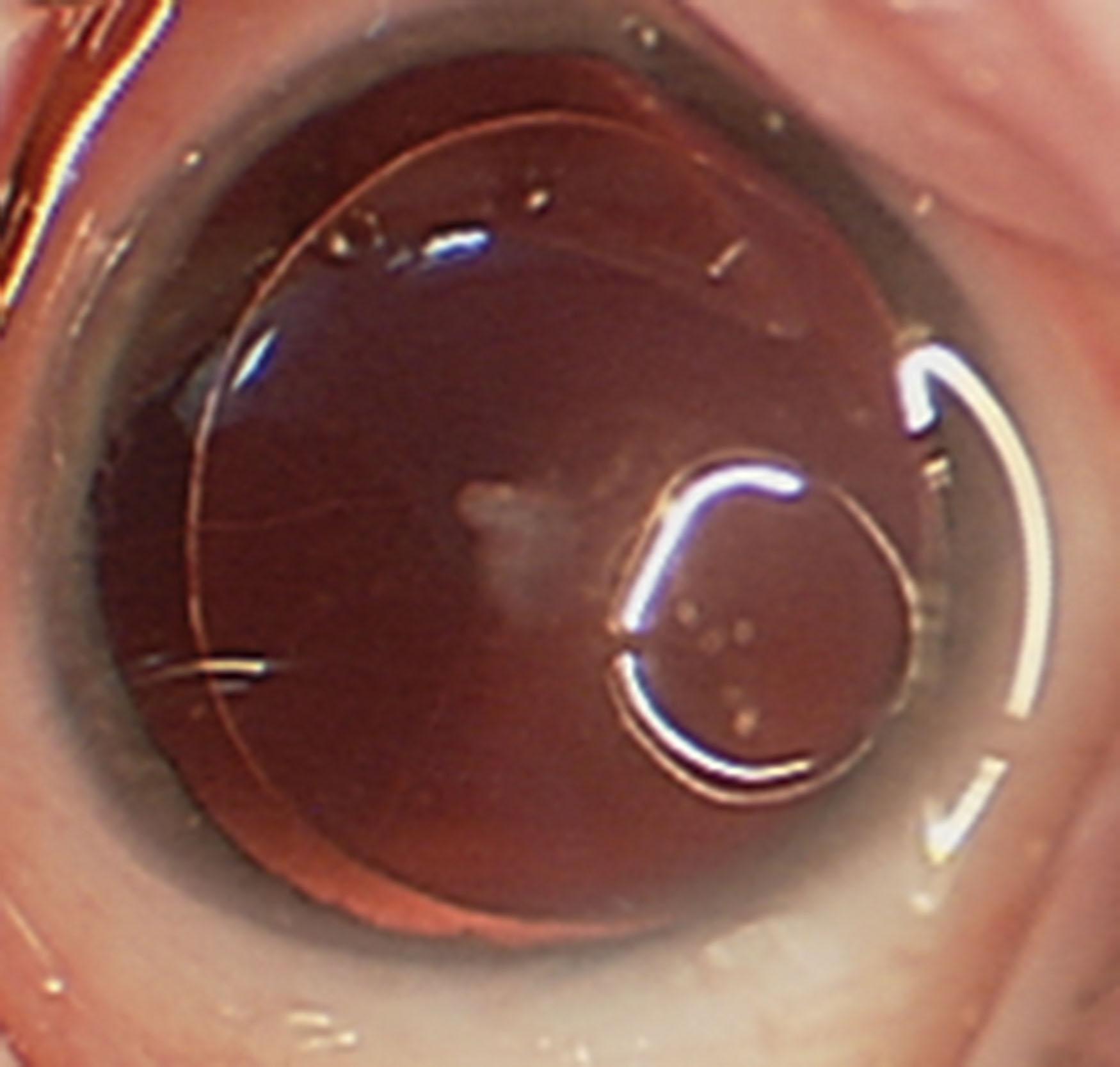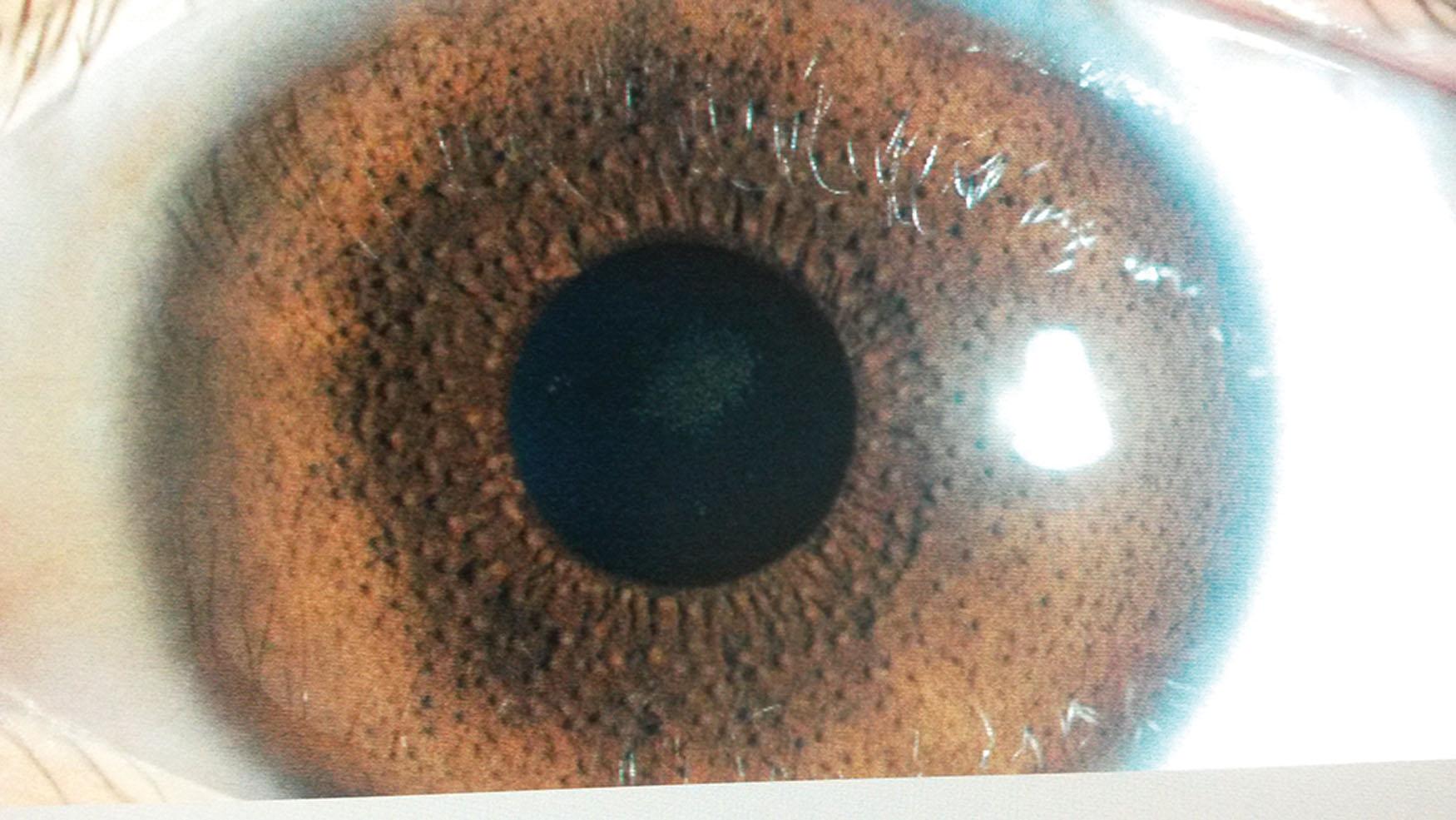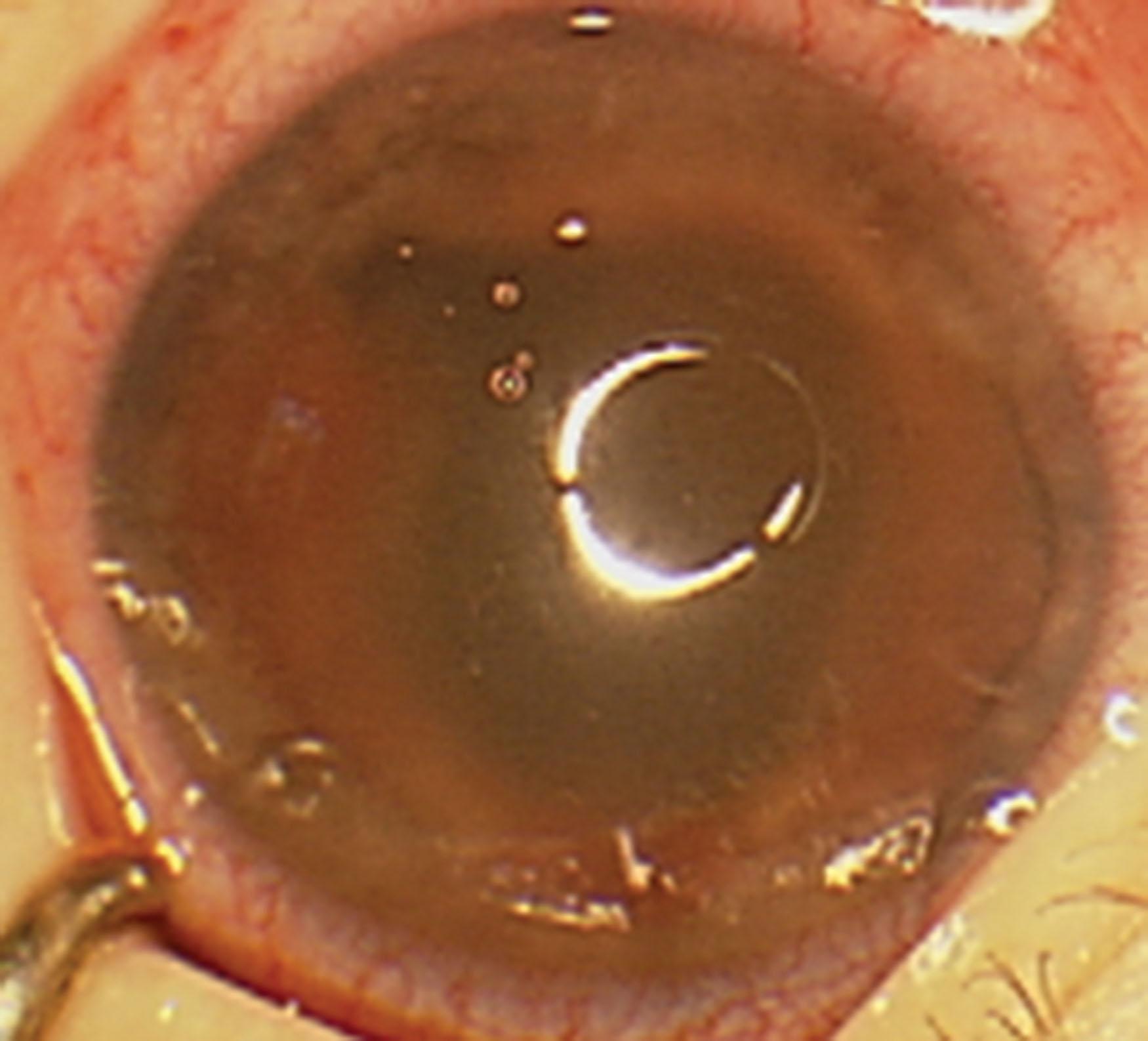Physical Address
304 North Cardinal St.
Dorchester Center, MA 02124
Disorders of the iris are common in childhood. Several genetic and environmental factors may result in developmental disorders of the iris including colobomas, aniridia, and albinism. The iris may be affected by systemic disorders such as neurofibromatosis type 1 (NF1), Down syndrome, CHARGE syndrome and albinism. Newly recognized associations, e.g. ACTA2 mutations, are discussed. Acquired disorders affecting the iris such as juvenile xanthogranuloma, tumors (melanoma, medulloepithelioma), and their management are described.
The iris is the anterior part of the uveal tract that divides the anterior segment of the eye into anterior and posterior chambers and regulates the amount of light entering the eye by altering the size of the pupil. The iris has two layers – the anterior stromal layer contains blood vessels, connective tissue (collagen, hyaluronic acid), constrictor and dilator muscles, and melanocytes. The posterior layer comprises a bilayer of pigmented epithelial cells. The color of the iris is determined by the amount of pigment in the deep stroma; blue irides are lightly pigmented and brown irides have densely pigmented stroma. Iris color is genetically determined and develops under sympathetic innervation control.
The blood vessels of the iris course radially from the major arterial circle located at the apex of the ciliary body, towards the center of the pupil. The sphincter pupillae muscle is circumferentially arranged and dilator pupillae muscle is radially oriented. The collarette is the thickest region of the iris, separating the pupillary portion from the ciliary portion, and is a vestige of the embryonic pupillary membrane.
The iris has myelinated and non-myelinated nerve fibres which provide sensory and motor functions. The sphincter pupillae is innervated by parasympathetic innervation from the Edinger–Westphal subnucleus of the oculomotor nerve, and the dilator pupillae receives sympathetic innervation from the hypothalamus via the cervical sympathetic chain.
The sphincter constricts the pupil in response to light and accommodation, and the dilator muscle contracts in any state of sympathetic hyperactivity.
The anterior stromal layer and posterior pigment epithelial layer arise from distinct embryological origins. The stroma is derived from the neural crest, and the sphincter pupillae and dilator pupillae muscles and pigment epithelium develop from optic cup neuroectoderm.
The embryonic pupillary membrane disappears by the 6th month of gestation.
Examination should be performed in ambient (natural) light as well as with the slit-lamp. Dim and bright illumination are used to check pupillary responses.
Abnormalities of the iris can manifest with changes in the following:
Heterochromia iridis is characterized by difference in the color of the iris between the two eyes (complete) or sectoral differences within one eye (segmental) ( Fig. 37.1 ). Most cases are sporadic, occurring in healthy eyes. Rarely, heterochromia iridis is part of a syndrome such as Waardenburg syndrome, Sturge–Weber syndrome, Parry–Romberg syndrome, or Horner syndrome.

An inferonasal discontinuity of the iris with a notch-shaped defect is referred to as a coloboma (from the Greek koloboma , meaning curtailed or defective) ( Fig. 37.2 ).

There may be partial absence of the iris with a large pupil and remnants of the iris in the periphery (partial aniridia), or almost total absence with minor stumps at the iris root (total aniridia) ( Fig. 37.3 ).

The anterior surface of the iris has crypts (lacunae, collarette crypts, and pores). These crypts may be absent (featureless iris, often seen in anterior segment dysgenesis) or replaced with multiple uniform nipple-like elevations (mammillations) with a velvety appearance, which are seen in heavily pigmented irides, iris nevi or phacopigmentovascularis type IIb ( Fig. 37.4 ).

The sphincter pupillae may be poorly developed (hypo/aplastic) seen in anterior segment dysgenesis. There may be sphincter tears (seen with blunt trauma) or atrophy (seen following uveitis, herpes zoster, trauma).
Diffuse or localized thickening of the iris may be seen with benign lesions such as Lisch nodules (seen in NF1), infiltrative lesions such as juvenile xanthogranuloma (JXG) (see Fig. 37.11 ) or leukemia, primary neoplasms such as medulloepithelioma, and anterior extension of retinoblastoma ( Table 37.1 ).
| Cystic lesions | Solid lesions |
|---|---|
|
|
Defects in iris pigmentation can be seen as transillumination at the iris root (in albinism). The posterior pigment layer might extend over the pupillary margin onto the anterior iris stroma (ectropion uveae), typically seen in anterior segment dysgenesis ( Fig. 37.5 ). There may be generalized (as part of melanosis oculi) or localized hyperpigmentation (iris nevus).

Become a Clinical Tree membership for Full access and enjoy Unlimited articles
If you are a member. Log in here